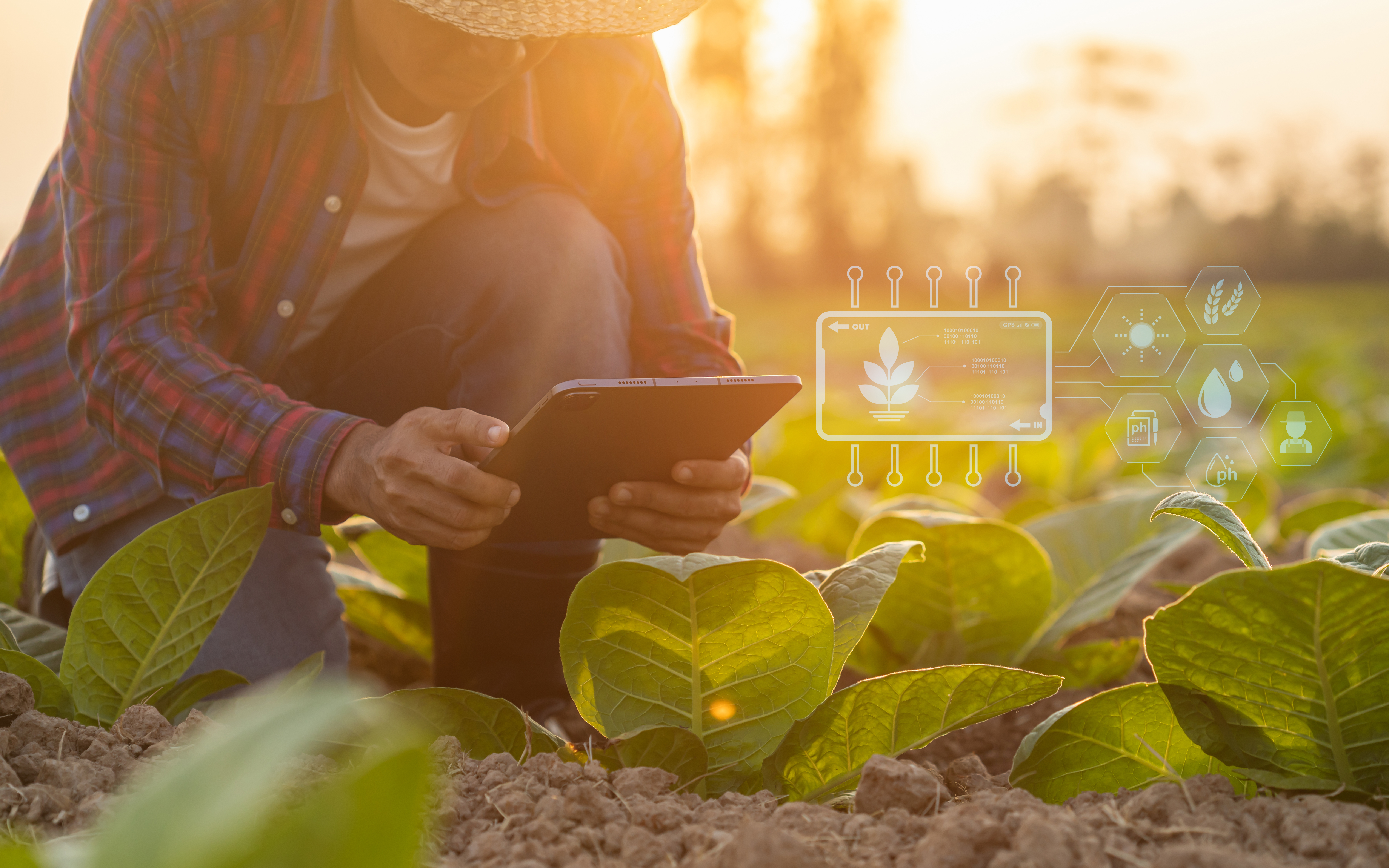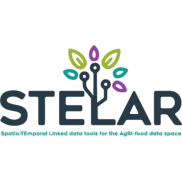Big Data in Agriculture
What is Big Data in Agriculture? Understanding Its Benefits, Challenges, and Potential Solutions
For millennia, agriculture has had a shroud of intuitiveness and wisdom surrounding it. With the onset of technology, this view of agriculture isn’t that simplified anymore, but innovative thinking is still at its core. This is why the increased use of Big Data in agriculture is no surprise. Players from all parts of the food value chain are exploring ways of making sense of the large amounts of data scattered across the digital landscape.
Some solutions are emerging to this question, carrying with them both advantages and challenges.
What is Big Data in Agriculture?
A short definition of Big Data in agriculture would be this: Big Data in agriculture offers participants in the agricultural value chain large datasets of information about crop growth, rearing animals, land management, weather patterns, and fertiliser requirements. More broadly, it usually refers to data that came from new technologies and data that encompasses information that helps farmers, investors, consumers, and agricultural companies in their decision-making.
To better understand the pros and cons of Big Data in agriculture, first, we will give an overview of the following two topics – agricultural data management and agricultural data analytics.
Benefits of Big Data in Agriculture
Big data has become a talking point, not just in data science. The significance of big data is increasingly dawning on society, particularly as we start to ask: What do we do with this vast repository of data that we have?
Big Data in farming and food safety is becoming increasingly enticing, as it offers a sort of shortcut to solutions in these volatile times.
We have singled out some of the benefits below:
- Enhanced yield and early crop growth prediction: Big Data, through predictive analytics, allows for more precise yield and crop growth forecasts. This empowers farmers to meticulously plan and manage resources, thereby maximising productivity.
- Energy efficiency: Big data optimises energy use through smart agriculture practices, significantly thereby water and electricity usage. This fosters more sustainable farming practices.
- Real-time decision making: Big data analytics allows for real-time decisions and alerts by continuously analysing data from field sensors. This responsiveness enables quick interventions when necessary, minimising waste and losses.
- Predictive maintenance of equipment: Big Data analysis leaves you with a precise idea of the likelihood of equipment failure, allowing for proactive maintenance. This approach extends the lifespan of farming equipment and reduces technological waste.
- Data-driven decision-making: Big Data is becoming the backbone of informed decision-making. Decision-making based on field statistics, production data, and business performance data supports strategic planning and resource allocation, contributing to increased profitability.
- Better farming practices: Overall, big data identifies correlations between hyperspectral data, field conditions, weather conditions, etc. That gives us more efficient irrigation, fertilisation, and harvesting of crops.
Challenges of Big Data in Agriculture
As we’ve explained above, there are quite a few reasons why Big Data should be on your mind when thinking about agriculture. But there is no denying that Big Data is also, unfortunately, often complicated on the first hand. And this is why people tend to abandon the topic of Big Data in agriculture quickly, thus missing out on reaping the benefits of this inevitability.
Because as data keeps piling up, the need for having logically sorted data is growing.
Nevertheless, the complex nature of Big Data calls for a look at the challenges of Big Data in agriculture.
Data Quality and Standardisation in Big Data Isn’t an Easy Achievement
Ensuring the quality and standardisation of data still isn’t easy when it comes to Big Data in agriculture. Data is stored in different ways. It varies in formats, quality, accuracy levels, annotation, and reliability. Moreover, it is scattered, coming from different data sources. That further complicates the seamless integration and effective analysis of information. That also hinders the practical application of the information.
The emergence of innovative technologies like IoT, drones, and satellite imagery (the main imagery coming from Sentinel-2, the Earth Observation satellite most used for agricultural applications) enables farmers to collect extensive data on their crops and operations. But that doesn’t solve the problem of data often dispersed across various platforms in different formats.
Farmers thus need data tools to effectively collect and view their data in a centralised location. For instance, a farmer may want to use IoT sensors to make timely precision farming Interventions easier and thus minimise waste and water usage. But to do so effectively, they need a state-of-the-art platform that integrates tools such as those that facilitate data discovery and quality management. This lets the farmer approach decision-making in a more informed manner.
We would be remiss not to mention the hidden potential of AI. Big Data acts as a sort of fuel for AI, as the vast amount of data is ideal for training AI algorithms. The algorithms are trained to deliver the end-user (in this case, the farmer) more detailed information. But a significant challenge lies in the lack of enthusiasm for adopting AI. To be more specific, inefficient data management was identified as the key barrier to adopting AI. From 1,500 surveyed people, 32% of them named data management as the main hindrance that is stopping their company’s AI/ML application deployments. But we can expand more on this topic another time.
An Agriculture Platform for Making Sense of Large Amounts of Data
One EU project is working diligently on solving the problem of a scrambled digital landscape. STELAR is developing a Knowledge Lake Management System – a platform and set of tools that aim to enable simple and intelligent data discovery, AI-ready data, and semantic interoperability in smart agriculture and food safety applications. To learn more about how the platform can help predict food risks, early crop growth predictions, and timely precision farming interventions, you can have a look at STELAR’s website or stay tuned for more articles.










































































